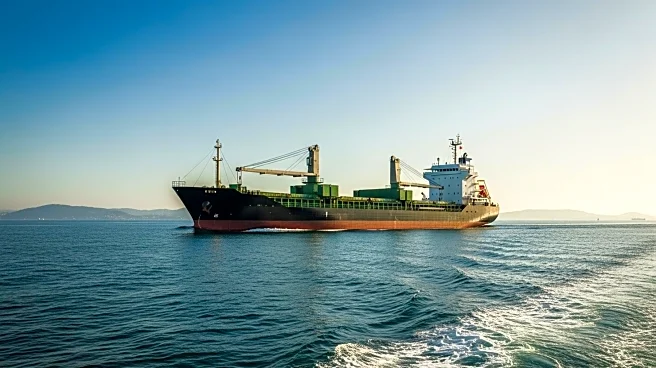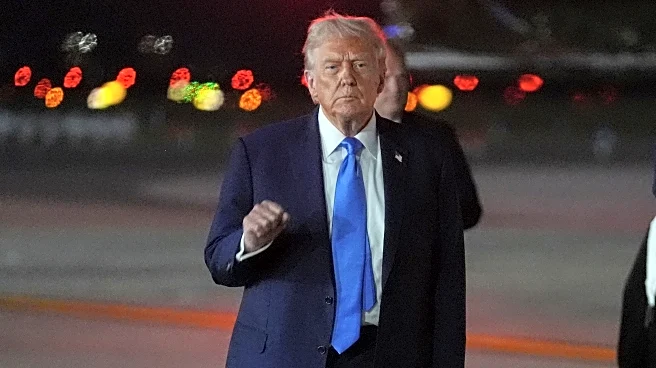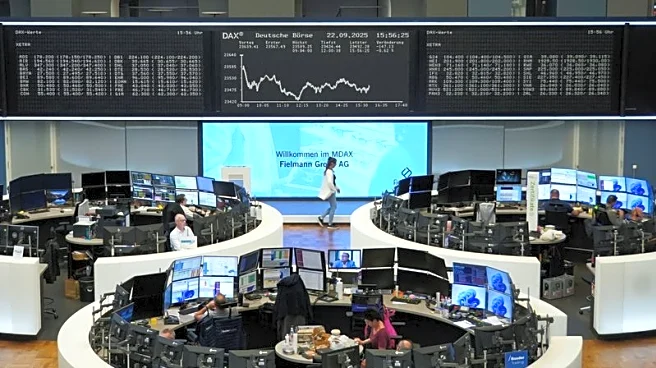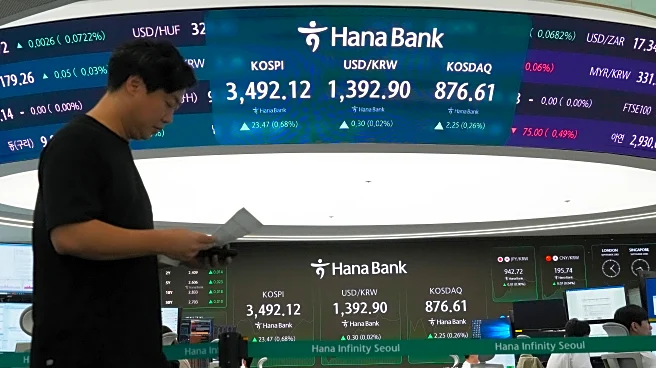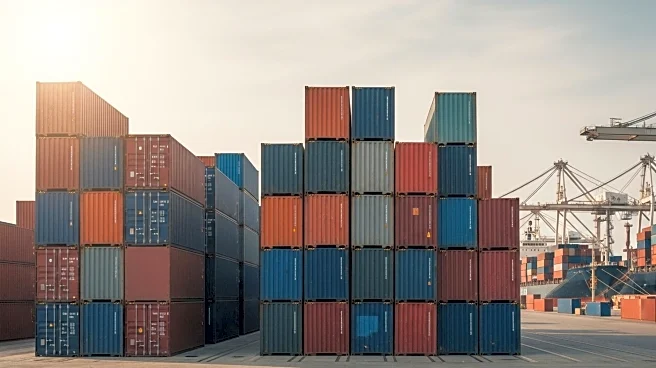What is the story about?
What's Happening?
According to a new analysis by Maritime Strategies International (MSI), China's export dynamics are proving more resilient to US tariffs than previously anticipated. The report highlights that Chinese exporters continue to export their manufactured goods surplus, particularly to emerging economies, which has significantly buoyed global trade in 2025. Despite initial concerns, the demand side of the industry appears better-insulated from tariffs, contributing to a strong start for global container trade trends. MSI's Q3 market report, 'Faltering Freight,' notes a 4.9% year-on-year expansion in global container trade in Q1, followed by a 4.4% growth in Q2. Mainlane container trade volumes have shown robust growth, with a 4.9% year-on-year expansion in Q2, driven by healthy data from Asia-Europe and Transatlantic trades. However, the Transpacific trade has experienced volatility, although volumes remain nearly 6% higher year-to-date through August.
Why It's Important?
The resilience of Chinese exports amid US tariff threats is crucial for global trade stability. This dynamic supports the global container trade, which is vital for international commerce and economic growth. The ability of Chinese exporters to maintain high trade volumes despite tariffs suggests a competitive edge that could influence global market dynamics. Emerging economies benefit from increased access to Chinese goods, potentially fostering economic development and strengthening trade relations. The report's findings indicate that while tariffs pose challenges, the global trade system can adapt and find new pathways for growth. This resilience may lead to shifts in trade policies and strategies among nations, impacting global economic patterns.
What's Next?
MSI forecasts a degree of industrial sector retrenchment in China over the next several years, which could affect global trade dynamics. However, for now, the export resilience remains supportive of container trade growth. MSI has revised its projections for 2026, anticipating a contraction in mainlane headhaul trade, driven by slower Asia-Europe growth and Transpacific trade dynamics. The competitiveness of Chinese exports will continue to be a key driver, with potential shifts in export sources from South-East Asia. These developments may prompt adjustments in trade policies and strategies among global stakeholders, influencing future trade patterns and economic relations.
Beyond the Headlines
The ongoing resilience of Chinese exports amid tariff threats highlights broader implications for global trade policies and economic strategies. It underscores the importance of adaptability and competitiveness in international commerce, potentially prompting nations to reassess their trade relations and strategies. The situation may also influence geopolitical dynamics, as countries navigate the complexities of trade barriers and seek to optimize their economic interests. Long-term shifts in trade patterns could emerge, affecting global supply chains and economic growth trajectories.
AI Generated Content
Do you find this article useful?
